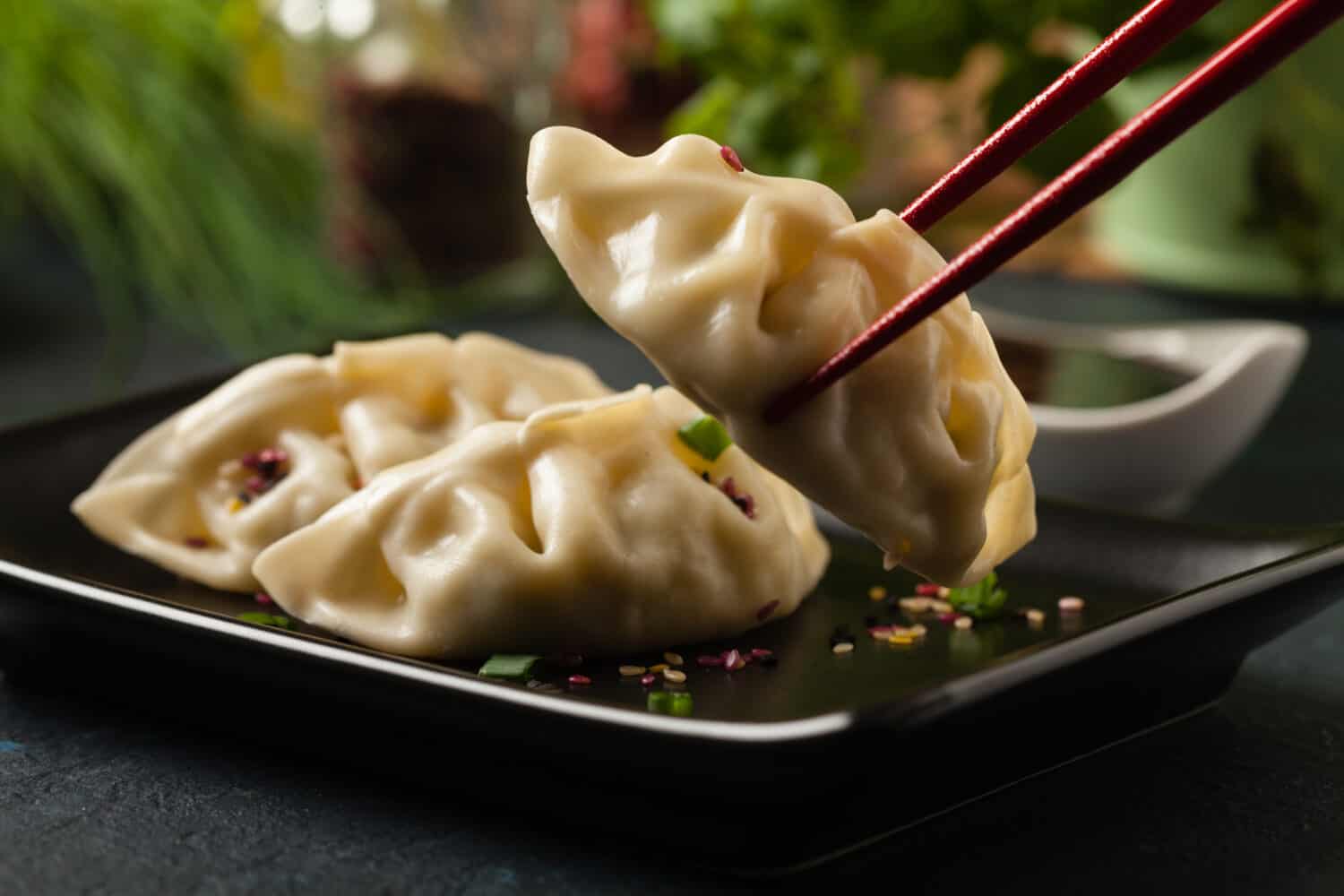George Bernard Shaw is said to have once observed (though nobody can pinpoint where or when) that “England and America are two countries separated by the same language.”
While there are countless non-culinary examples of the differences in terminology between the two nations (“boot” vs. “trunk,” “lift” vs. “elevator,” “flat” vs. “apartment”), there are also some key disconnects between American and British usage around things we eat. (Here are some examples of old words we use today but with completely new meanings.)
Most people probably realize that when you order fish and chips, you’re not getting fish with a bag of Lay’s. Some might be surprised, however, at the variety of things “pudding” can refer to elsewhere in the anglophone world, none of them a mousse-like chocolate dessert.
In Spanish-speaking countries, there are similar examples of multiple meanings for the same word. You’d have a hard time making a carne asada taco with a Spanish tortilla, for instance, and while you might be more than familiar with quesadillas, you’d be in for a surprise — and a treat — if you ordered one while visiting the Canary Islands.
Using a variety of sources, 24/7 Tempo has assembled a list of 12 food terms that have distinctly different meanings in different places. It should be noted that the locations noted aren’t necessarily the only ones where those terms are used in a particular sense, as the world of food is wide and its borders are porous.
One of the most confusing, and variously defined, food words of all is “dumpling.” The term in English dates back to around 1600, possibly based on an old German word — for instance, “Dump,” meaning “lump.” While a good many varieties of dumpling are indeed lumpish, however, it’s difficult to know how that word got applied to the often delicate miniature stuffed savory pastries common to many Asian cuisines. (You’ll certainly find some good examples of these latter kinds of dumplings at the best Chinese restaurant in every state.)
Here is a list of some different foods with the same name:
Chips (USA)
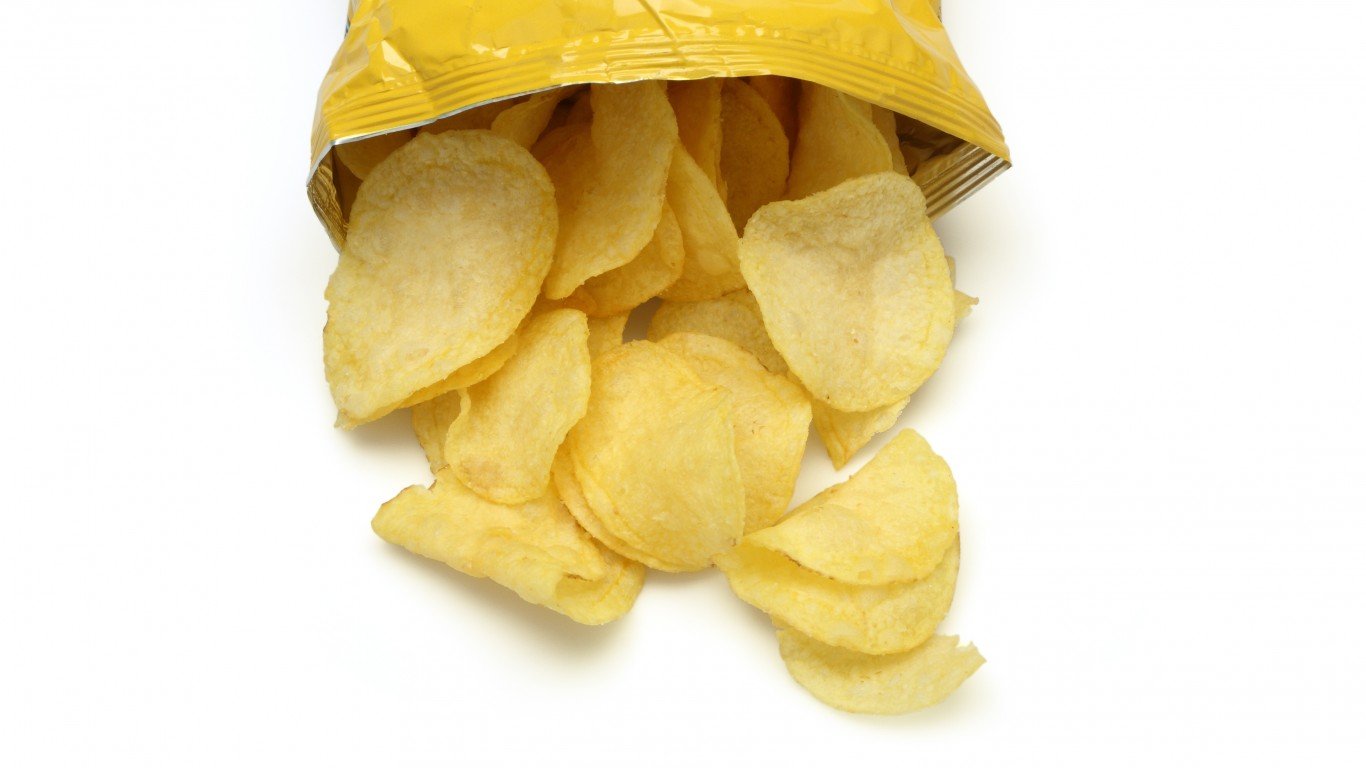
Potato chips spilling out of the bag.
This ubiquitous snack food dates back to the early 19th century. Some stories credit their invention to one George Crum, a chef of Mohawk and possibly African-American ancestry, who is said to have come up with them while working at Moon’s Lake House hotel near Saratoga Springs, NY, to please a diner who found other potato preparations too soggy or thick. They were first sold commercially in the early 1900s, and are now a lunchtime staple all over America.
Chips (UK)
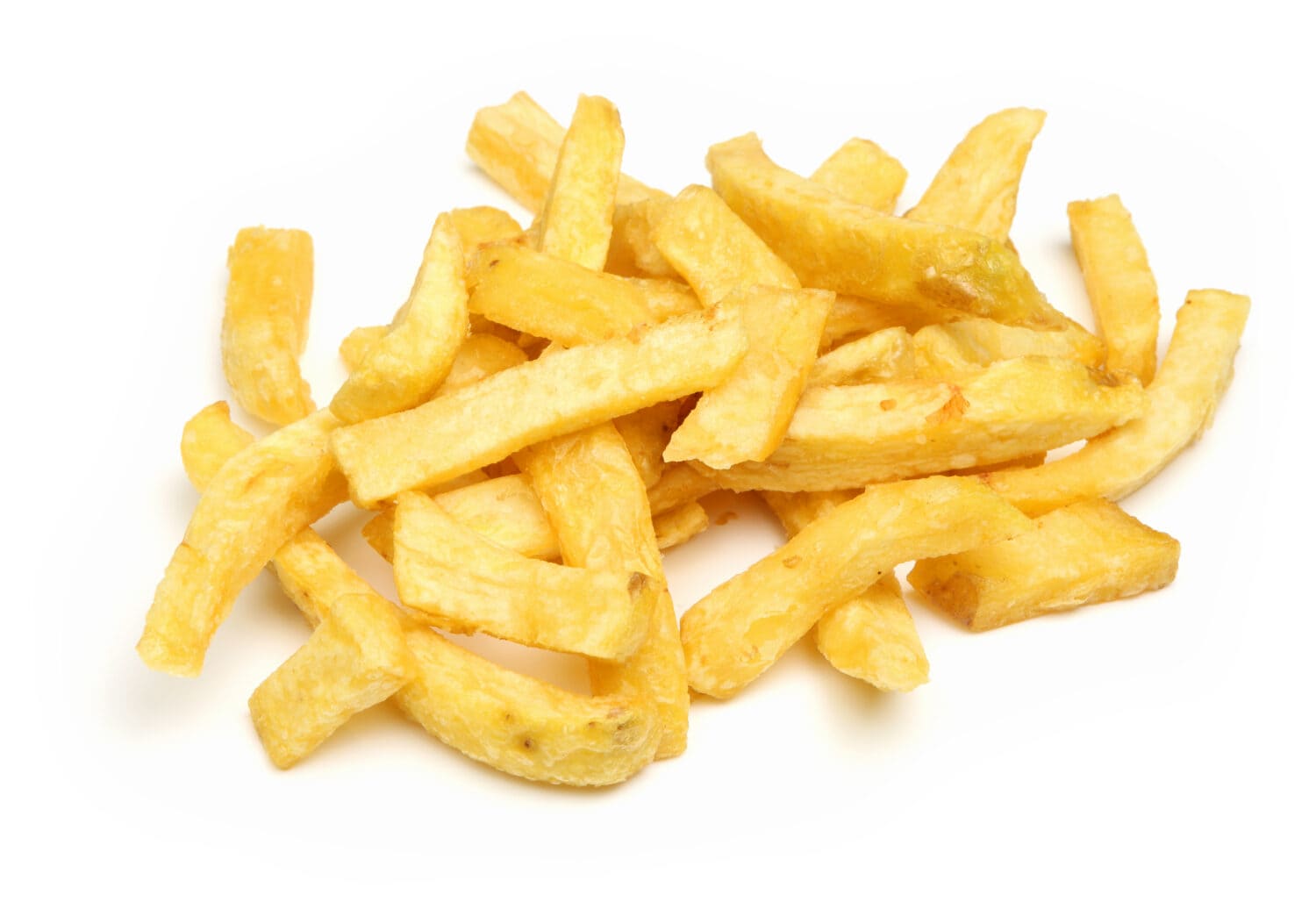
Chips, as in fish and....
In the UK and around the former British Empire, what we call chips are known as crisps — and chips, as anyone who’s ever eaten fish and chips will realize, are thick-cut French fries. The first known mention of fried spuds as chips comes from no less a luminary than Charles Dickens, who wrote of “husky chips of potatoes” in his 1859 classic “A Tale of Two Cities.”
Biscuit (USA)

Classic biscuits.
The word “biscuit” comes from the French words for “twice” and “cooked,” though neither American nor British biscuits are prepared that way. In the U.S., biscuits are a kind of quick bread, not dissimilar to scones. Especially famous in the South, they are typically eaten with butter and sometimes honey or jam, or napped in sausage gravy as a breakfast main dish.
Biscuit (UK)
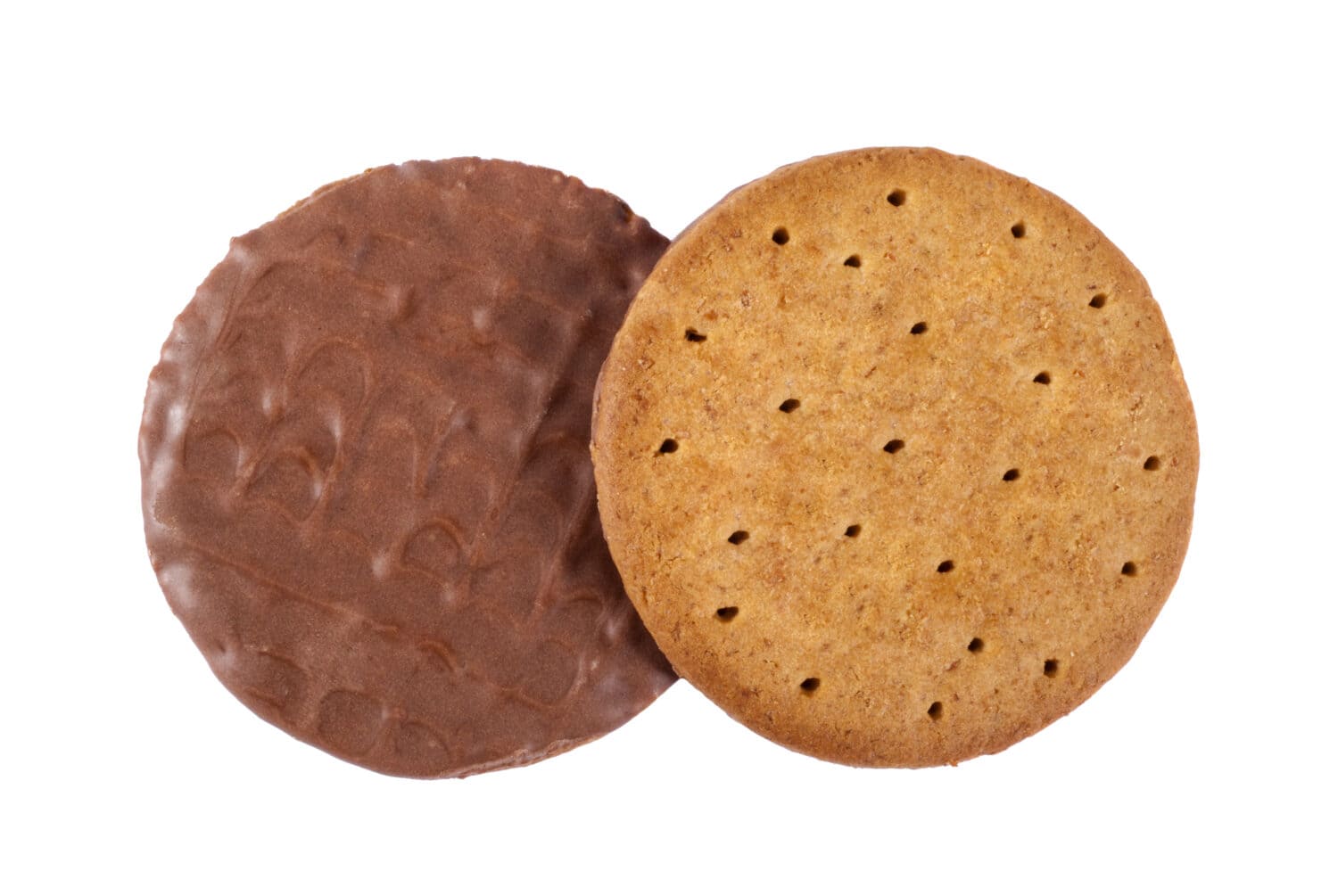
Chocolate digestive biscuits.
In the UK and most other anglophone lands, biscuits are what we call cookies — flat, hard, unleavened confections, usually sweet. One of the most popular varieties in the UK is the digestive biscuit, invented in the 1830s by two Scottish doctors as a supposed aid to digestion.
Dumpling (Asia)

Japanese gyoza, filled with chicken and vegetables.
In Asia, dumplings — whose names include gyōza in Japan, mandu in Korea, and jiǎozi, tangbao, and wonton in China — are various kinds or combinations of meat, poultry, seafood, and/or vegetables enclosed in dough and steamed or fried.
Dumpling (Central and Eastern Europe and the American South and Midwest)
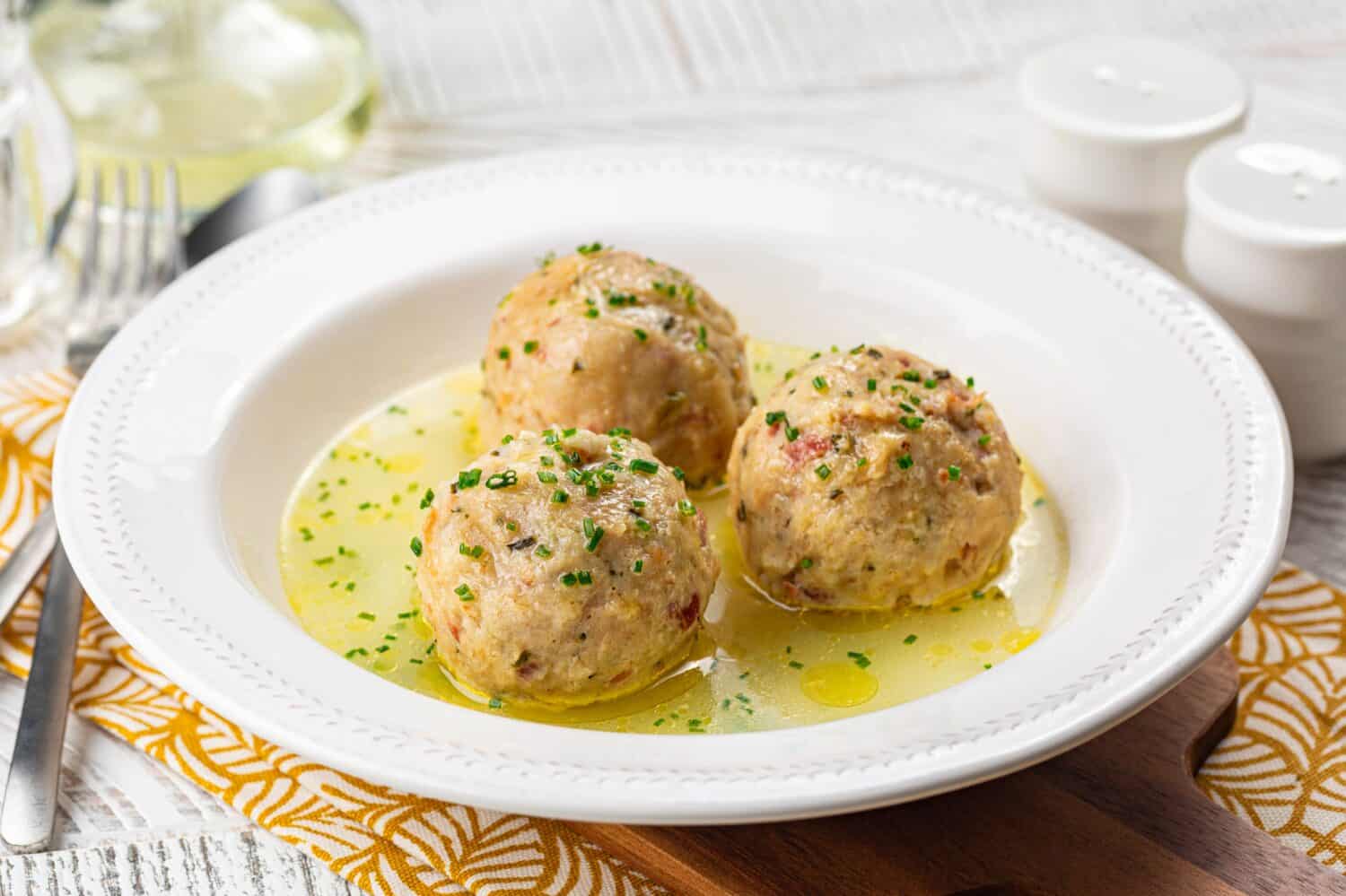
Knodel, popular in Germany, Austria, and parts of northern Italy (where they're called canederli).
A different take on dumplings is found in the West, where they are typically meatball-like lumps of dough, sometimes made with potatoes, sometimes mixed with liver or other meats, often cooked in soups or stews (as in the American comfort food classic chicken and dumplings).
Quesadilla (Mexico)
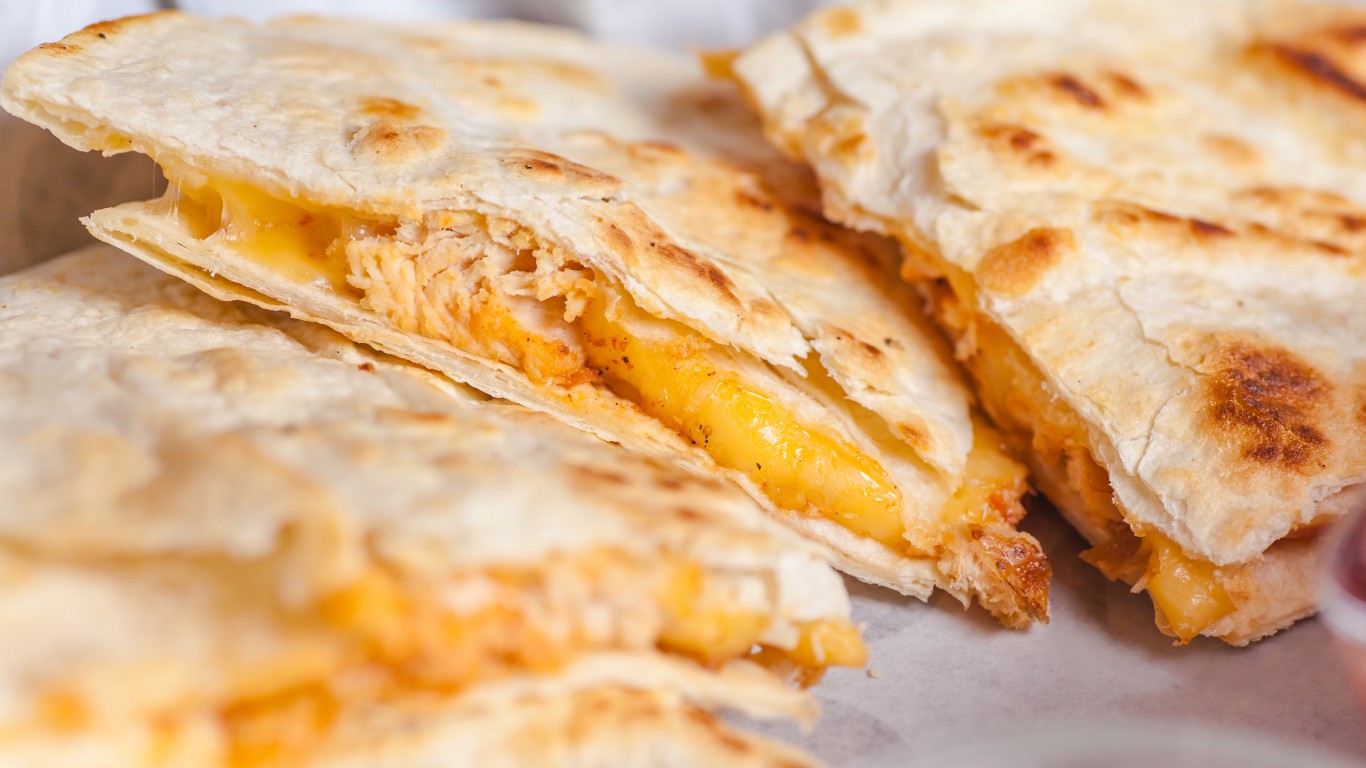
Cheese quesadillas.
The familiar Mexican and Mexican-American quesadilla (whose name means “little cheese” or “little cheesecake”) — a boon to parents with picky children everywhere — is simply cheese, with or without other ingredients, sandwiched in a folded-over flour tortilla and heated on a griddle or grill. (In some parts of Mexico, corn tortillas are used.)
Quesadilla (Canary Islands, Spain)
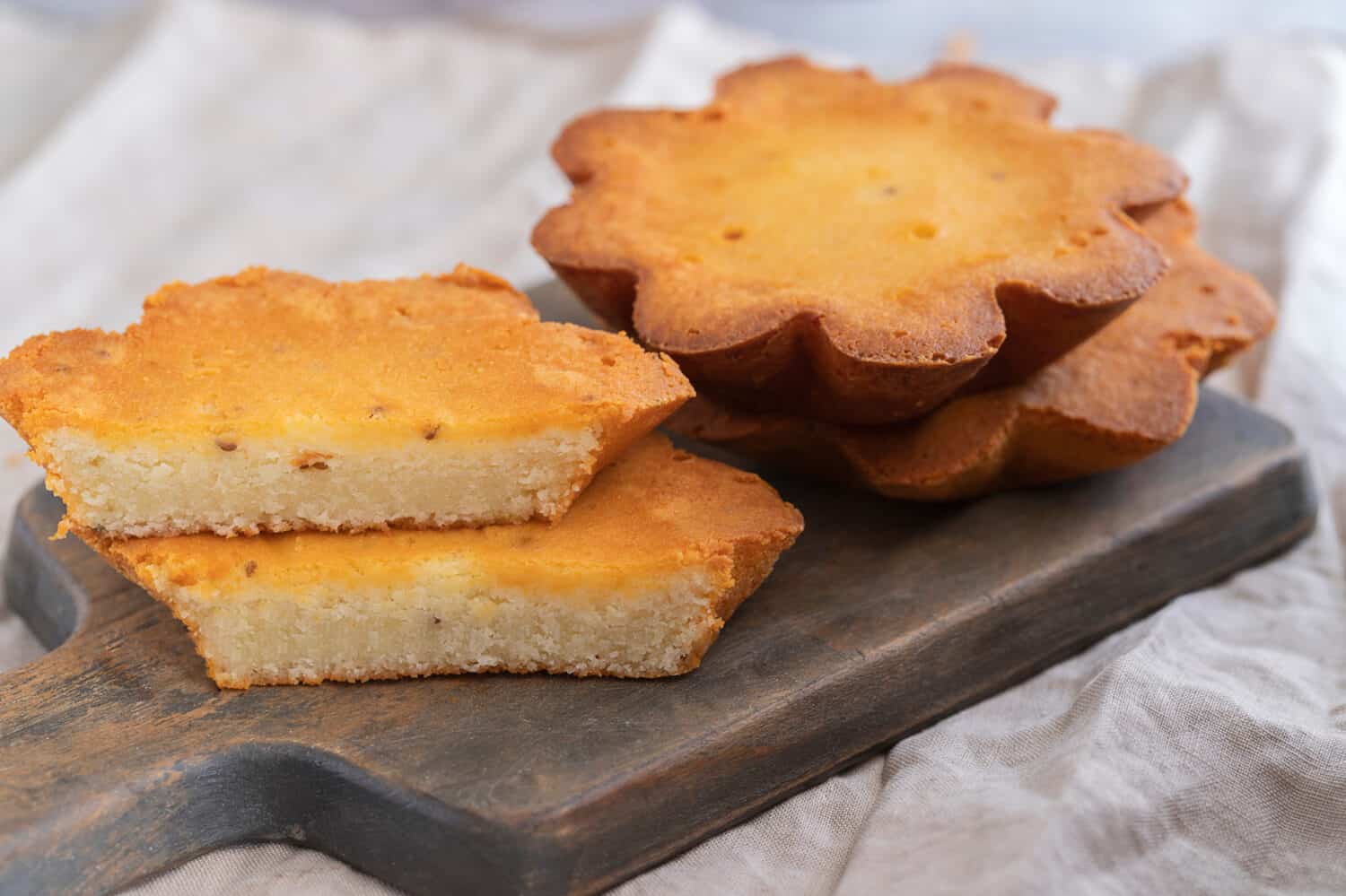
Quesadillas, El Hierro style.
On the island of El Hierro in Spain’s Canary Islands, quesadillas are a traditional dessert — a kind of moist cheesecake, made with goat cheese and flavored with anise and lemon zest, usually baked in flower-shaped molds.
Empanada (Central and South America)

An Argentinean beef empanada.
In most of the Spanish-speaking world, the empanada (the word literally means “breaded”) is a kind of baked turnover or hand pie, filled with ground meat, chicken, cheese, plantains, or other ingredients — sometimes even custard, dulce de leche, or something else sweet. The empanadas of Argentina are particularly famous.
Empanada (Galicia, Spain)
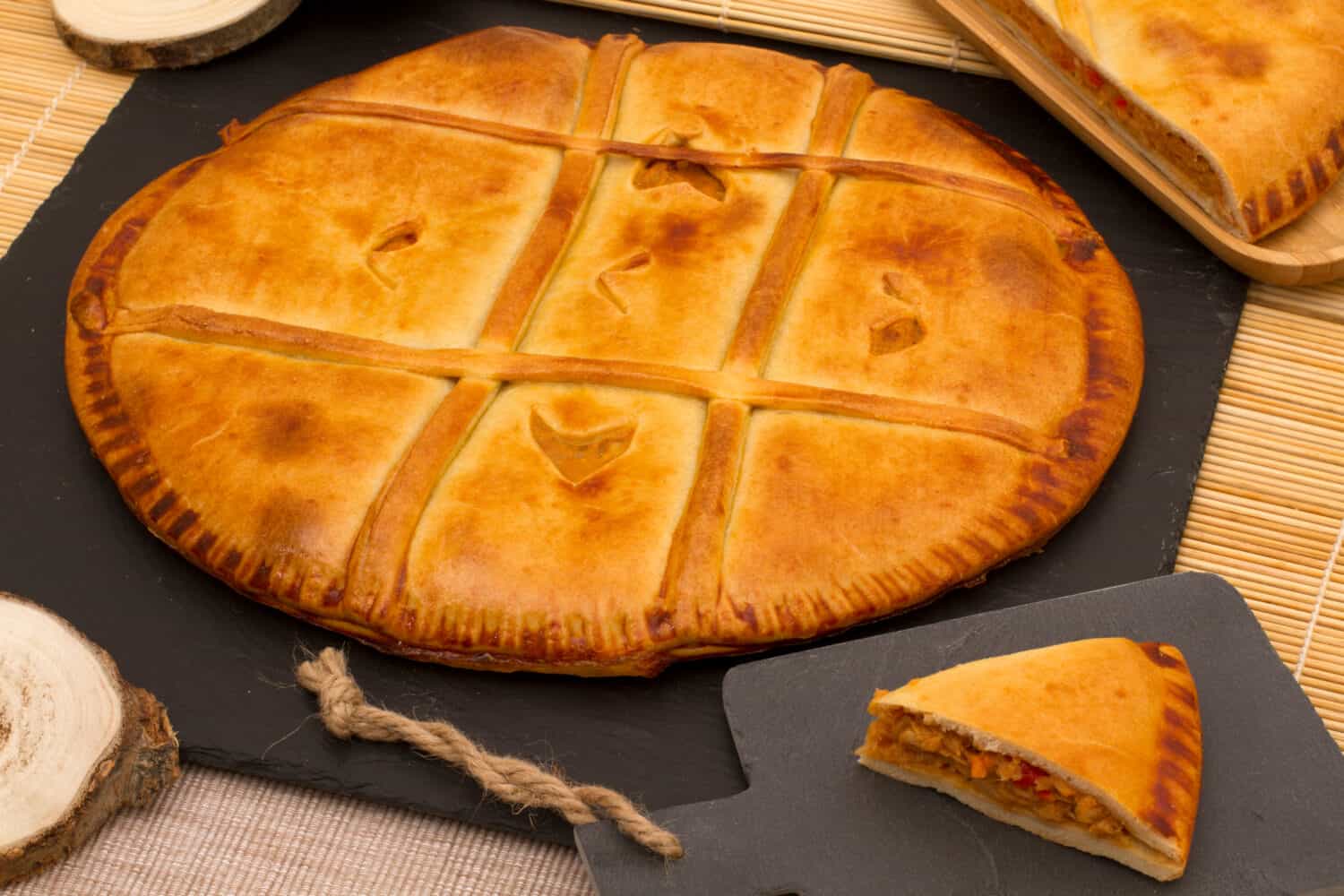
A Galician empanada.
Empanadas may have originated in Galicia, in northwestern Spain, but while they evolved into individual pastries in the New World, in Galicia an empanada is a large pie, often with a decorated top, filled with various meats or, most famously, with tuna and hard-boiled eggs.
Tortilla (Mexico)

White corn tortillas.
Tortillas — literally “little cakes” — are the daily bread of Mexico, most often made from nixtamalized (alkali-treated) corn, and the basis for tacos, tostadas, totopos (tortilla chips), and other essentials of the cuisine. In northern Mexico and the U.S., flour tortillas are also popular.
Tortilla (Spain)
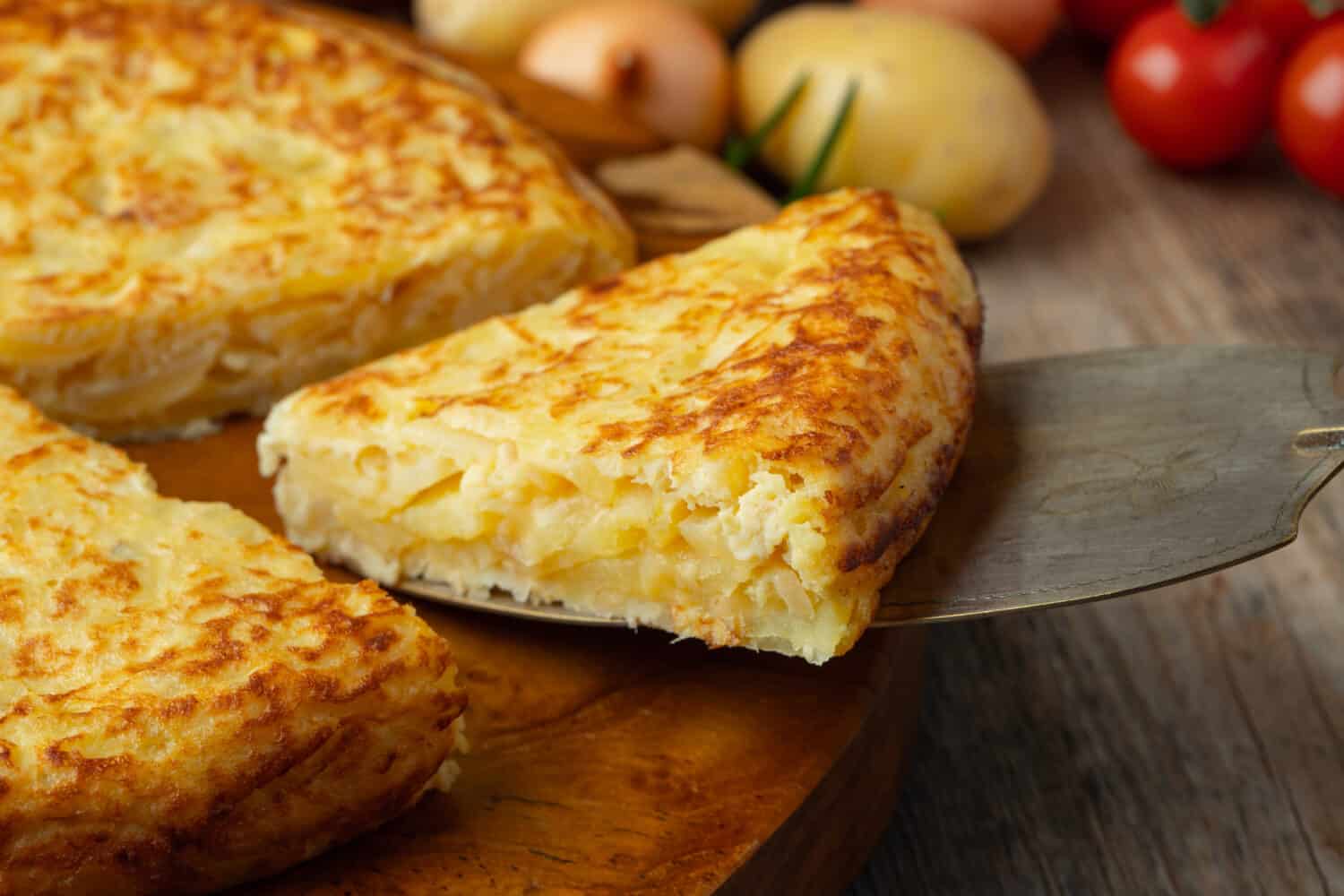
A Spanish potato omelet.
The Spanish interpret “little cake” differently than the Mexicans, using the term for a kind of frittata made with sliced potatoes and sometimes onions, and served in wedges (on a plate or in sandwiches) or little cubes (in tapas bars). Some Spanish tortillas include or substitute other vegetables. In another example of the same name being applied to two different foods, in Spain’s Catalonia region, an omelet is called a truita, which is also the word for trout.
Andouille (France)
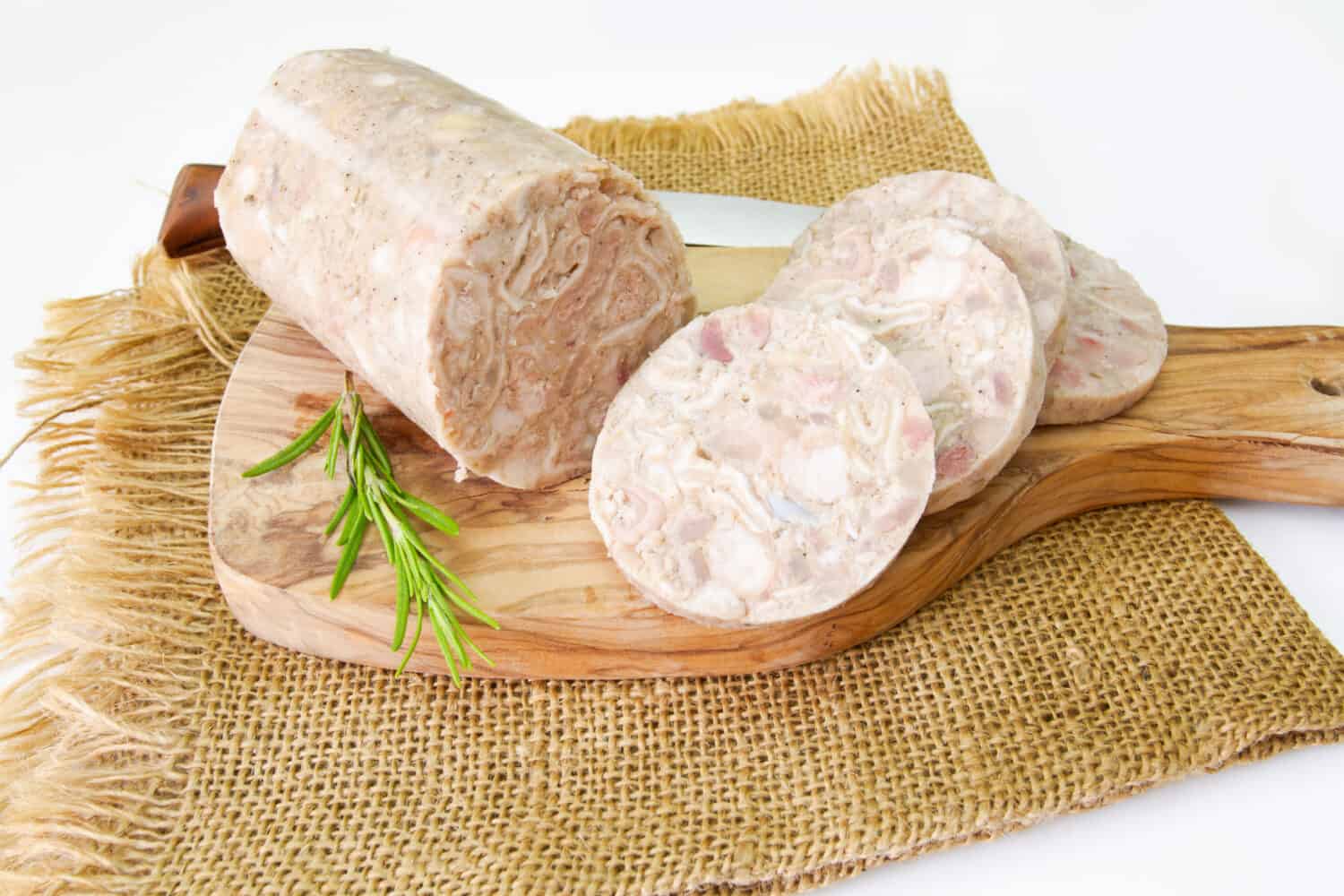
One of the standards of French charcuterie.
In France, andouille is not for the faint of palate. It’s made with the tripe, intestines, and sometimes other organs of the pig, with onions, wine, and seasonings, and has a distinct barnyardy odor. It may be poached, fried, or grilled.
Andouille (Louisiana)

Grilling Cajun andouille.
Louisiana’s Cajuns borrowed the name of the French sausage, but theirs is much more accessible to most eaters, being basically a smoked pork-shoulder sausage, with garlic and spices. It may be eaten simply grilled or fried, but is more often seen as a key ingredient in such dishes as jambalaya, gumbo, and shrimp and grits.
Boudin (France)

France's boudin blanc.
“Boudin” is basically the same word as the English “pudding,” but to the French, it usually means either a mild white pork or pork and veal sausage made with milk (boudin blanc), or blood sausage, whose ingredients include pig’s blood and fat with some filler such as breadcrumbs or barley (boudin noir).
Boudin (Louisiana)
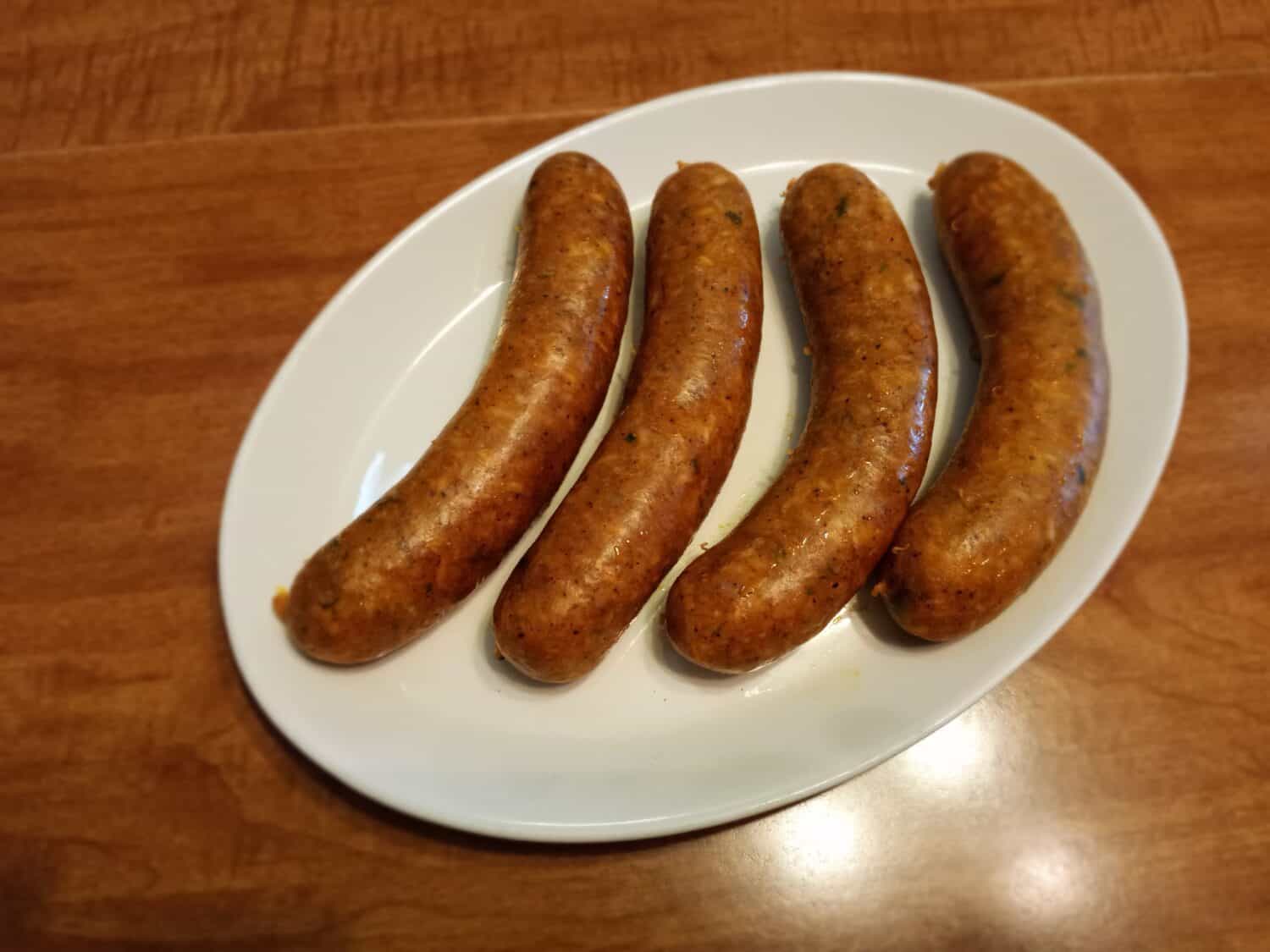
Cajun boudin.
This is another example of a French sausage name appropriated in Cajun country for something altogether different. Cajun boudin is ground pork cooked with rice, onions, peppers, and seasonings. Its interior is soft, and some people squeeze the cooked sausage out of their casings right into their mouths (or spread it on crackers). Boudin balls, basically meatballs formed from the pork mixture, are also popular.
Bacon (USA)
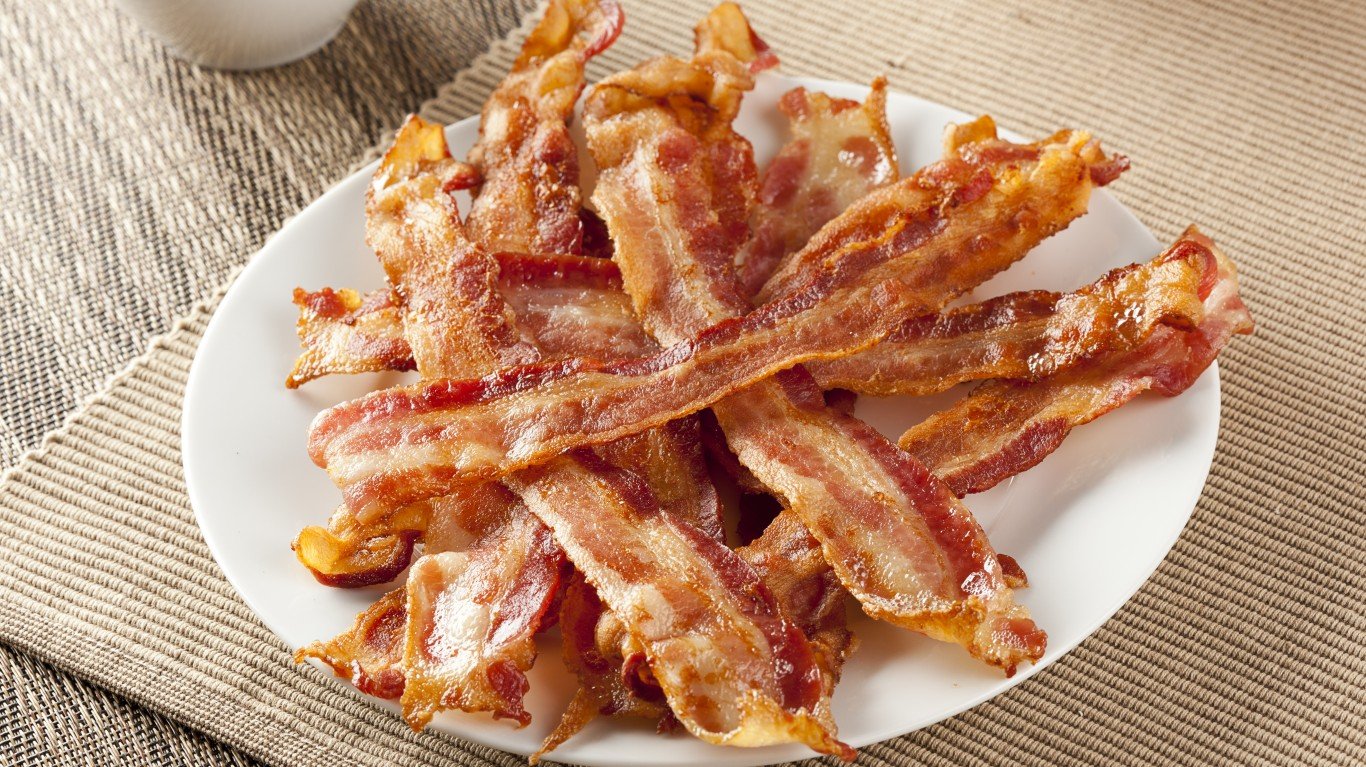
A plateful of crispy bacon.
To Americans, bacon means long strips of cured and usually smoked (or liquid-smoke-injected) pork belly, typically fried crisp and eaten as a breakfast side dish or in sandwiches.
Bacon (Ireland)
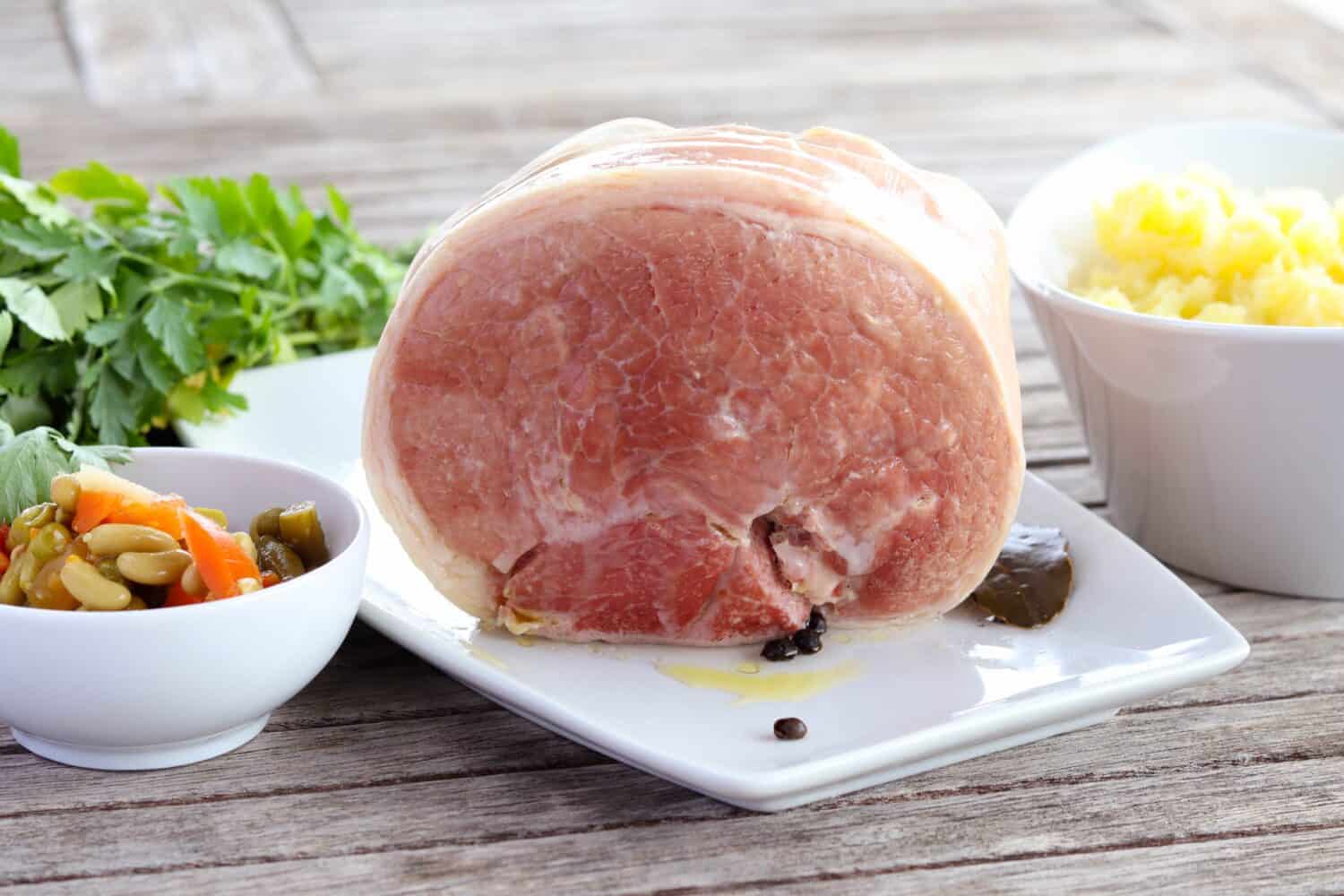
Traditional Irish boiling bacon.
The Irish actually eat three kinds of bacon: back bacon, which resembles what we call Canadian bacon, though its slices are approximately oval-shaped instead of round; our kind of bacon, called streaky bacon (for its streaks of fat); and cured pork loin — otherwise known as boiling bacon. This is the meat involved with the classic Irish dish called bacon and cabbage. As its name suggests, it is prepared by boiling it, with cabbage added to the pot near the end of cooking, and is typically served with a parsley cream sauce and boiled potatoes.
Pudding (USA)
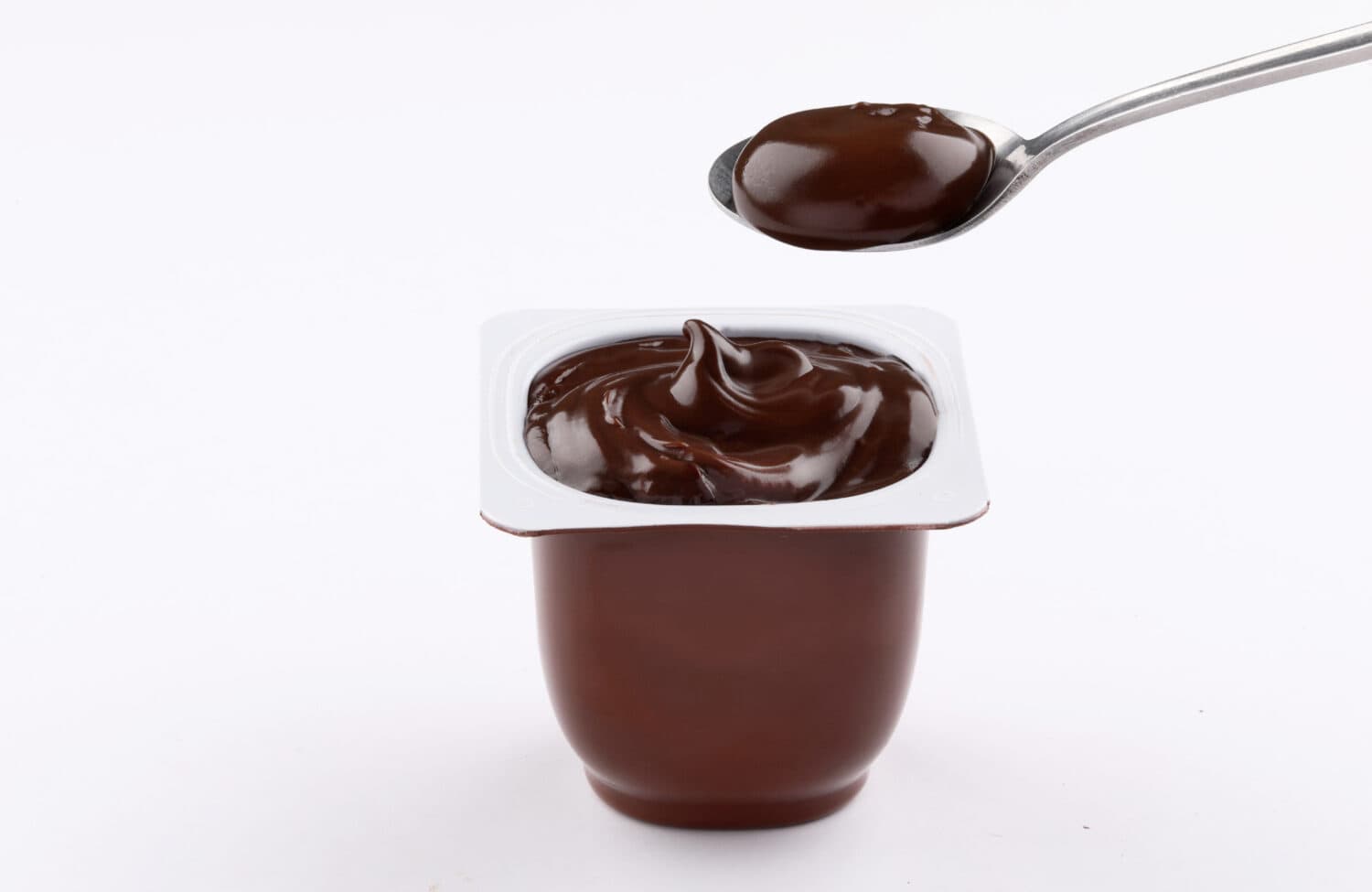
Chocolate pudding.
We think of pudding as dessert — a sweet, creamy substance, similar to a custard or mousse, and often flavored with chocolate.
Pudding (UK)
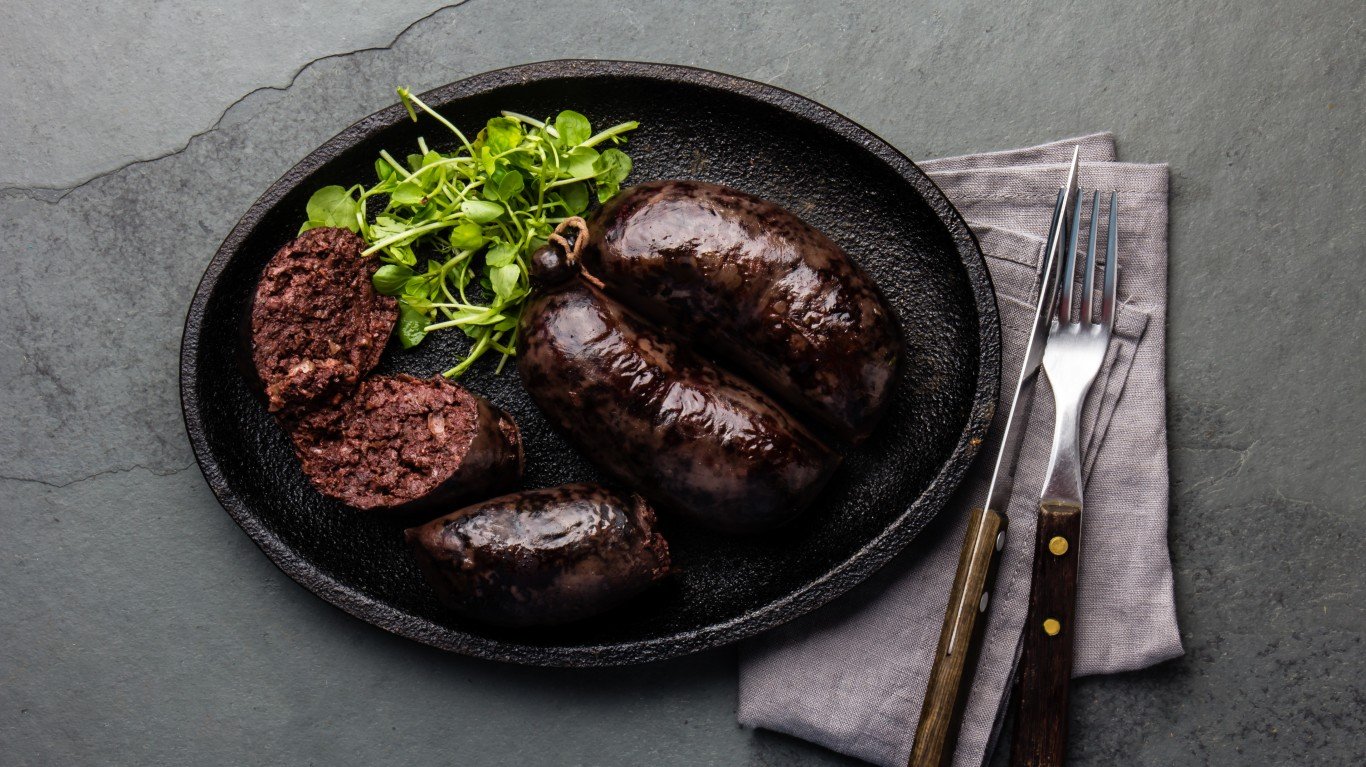
Black pudding (blood sausages).
In the UK and most of the rest of the English-speaking world, “pudding” has several other meanings: It’s a kind of sausage, especially black pudding (blood sausage), made with pork or beef blood and oatmeal; a kind of savory crustless pie, like steak and kidney pudding; an incredibly rich and sweet cake-like dessert called sticky toffee pudding; and even a kind of popover — that traditional accompaniment to roast beef called Yorkshire pudding. And just to confuse things, the term “pudding” is also often used to mean dessert in general, no matter what the particulars.
Buñuelo (Spain and Central and South America)
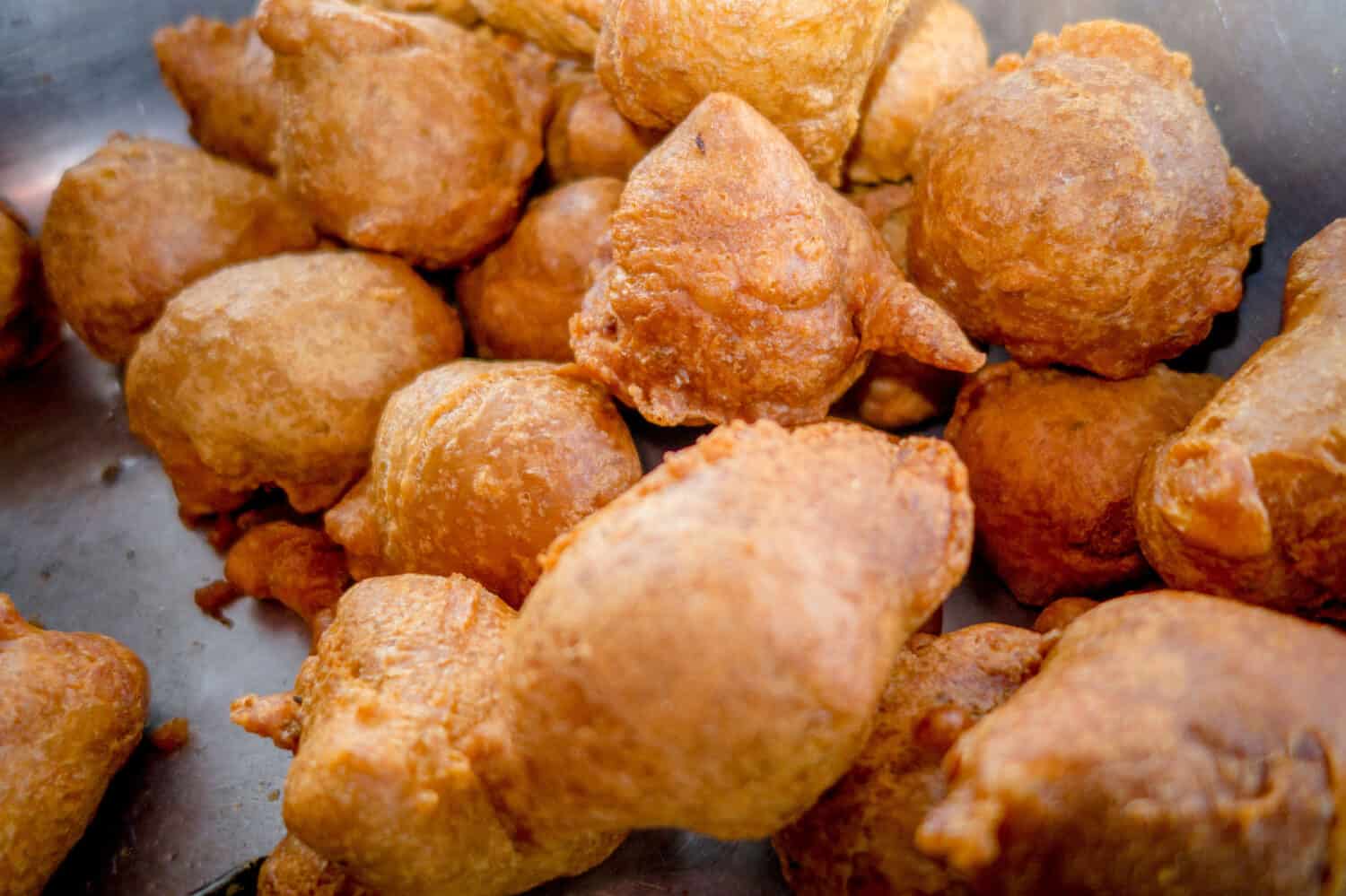
Buñuelos from Ecuador.
The word “buñuelo” comes from the Old Spanish “bonno,” whose origins go back to terms for “lump” or “dense.” Buñuelos are not a light confection, in other words. They’re basically fried spheres of dough, often irregular in shape, sometimes filled with sweet things like candied pumpkin or custard, sometimes just flavored with anise and dusted with sugar. They’re a traditional treat at Christmastime, and are also sometimes associated with Lent.
Buñuelo (Mexico and the American Southwest)

Mexican buñelos.
All over the Southwest and in parts of Mexico, buñuelos are very thin, very crisp disks of fried dough covered with cinnamon and sugar, and sometimes eaten with piloncillo (raw cane sugar) syrup. A close relative is the sopapilla, which is also crisp, but puffed up, and eaten with honey. Both are traditional at Christmas and on New Year’s Day.
Truffle (various places)
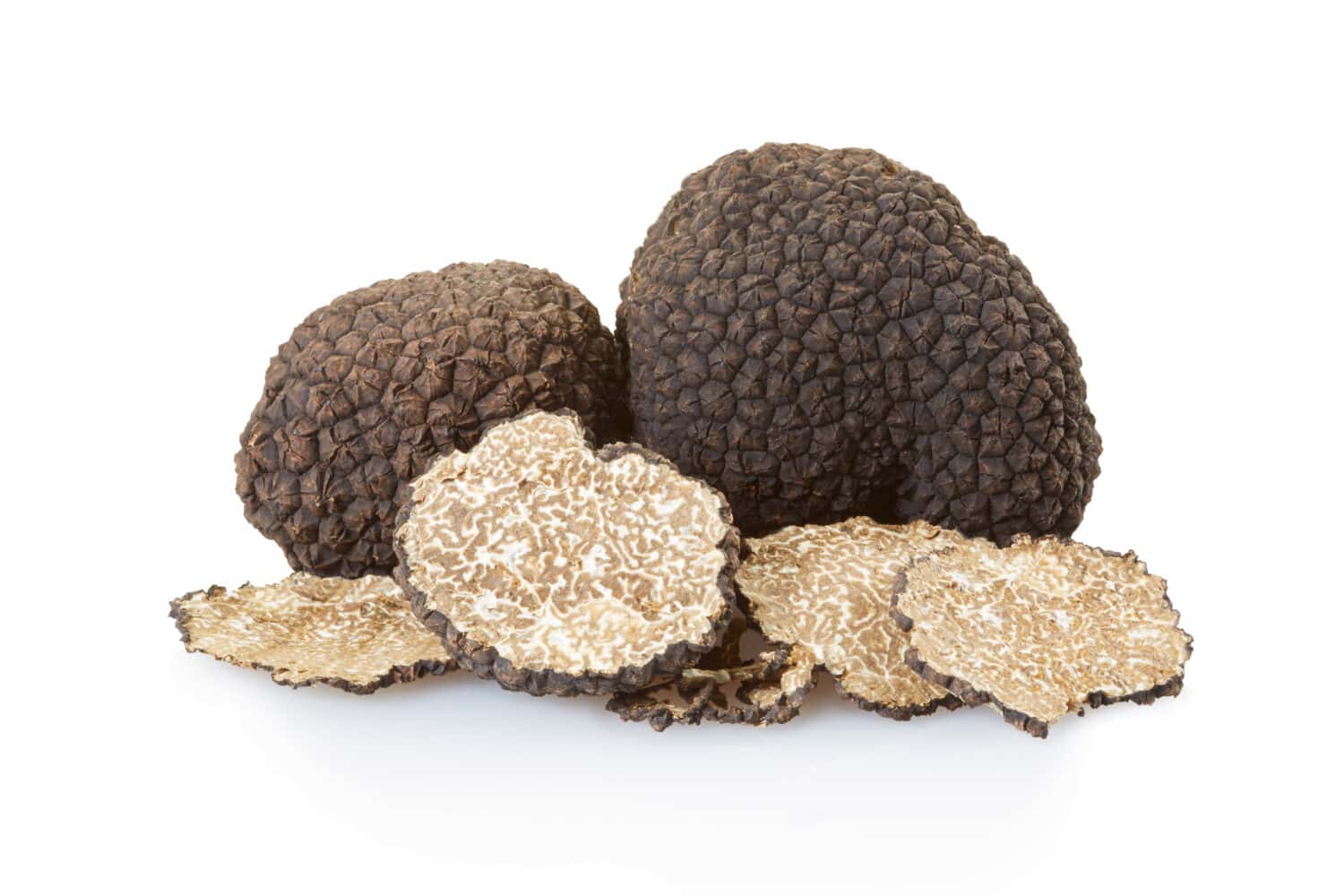
Fresh black truffles.
Savory truffles are a kind of underground fungus of the genus Tuber. There are many kinds around the world, but the most prized (and expensive) are the white truffle (Tuber magnatum), found primarily in Italy between September and December and most often grated raw over pasta or risotto; and the black truffle (Tuber melanosporum), coming mostly from France and Spain between December and early March, and more often included in cooked dishes and pâtés.
Truffle (various places)
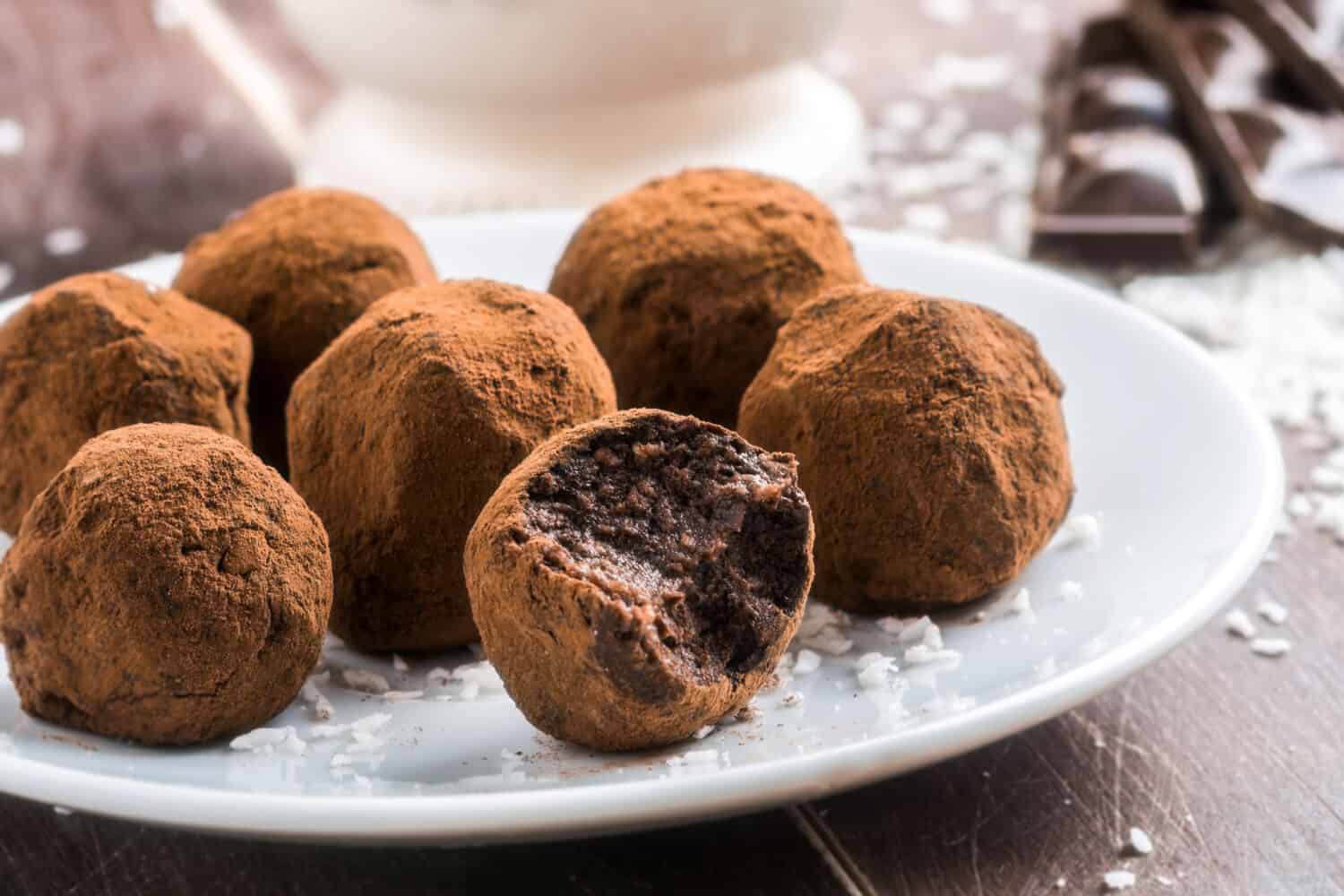
Homemade chocolate truffles.
Good chocolate truffles aren’t cheap, but they’re a real bargain compared to the kind that grow underground — the black variety of which they are though to resemble visually. They’re basically a confection of chocolate ganache (made with chocolate and cream) rolled into a ball and coated with cocoa powder, ground nuts, sprinkles, or some other enhancement. They’re sometimes also spiked with rum or other spirits.
